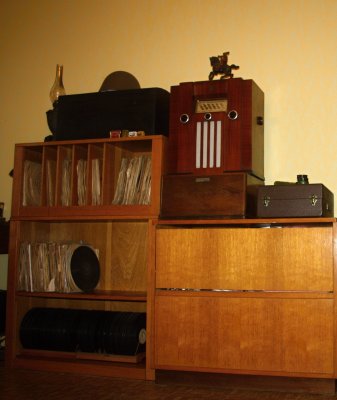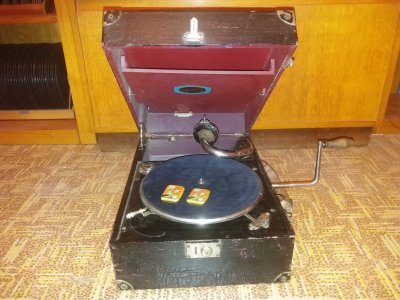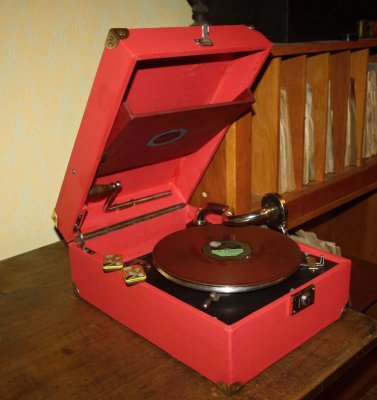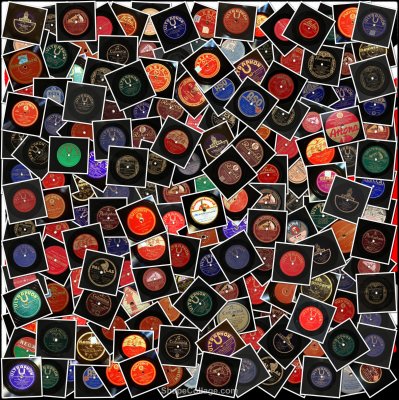LizzieMaine
Bartender
- Messages
- 34,189
- Location
- Where The Tourists Meet The Sea
They'd be more or less the same, I'd think. Probably an idler-wheel turntable drive and crystal pickup -- in both cases you may need to do some servicing. Idler wheel drives develop a thump when the rubber tire on the idler wheel hardens with age when left in one position for a long time, and the crystals in the pickups have a way of disintegrating if the unit has been stored in a humid location. Both situations are easy enough to deal with -- replacement idler wheels are available from various dealers, and West-Tech Services does an excellent job rebuilding crystal pickups.
Webster changers were commonly installed as original equipment in mid-priced console radios in the late forties and early fifties. Like all changers of the time they could be rough on records if they got out of adjustment.
Webster changers were commonly installed as original equipment in mid-priced console radios in the late forties and early fifties. Like all changers of the time they could be rough on records if they got out of adjustment.






